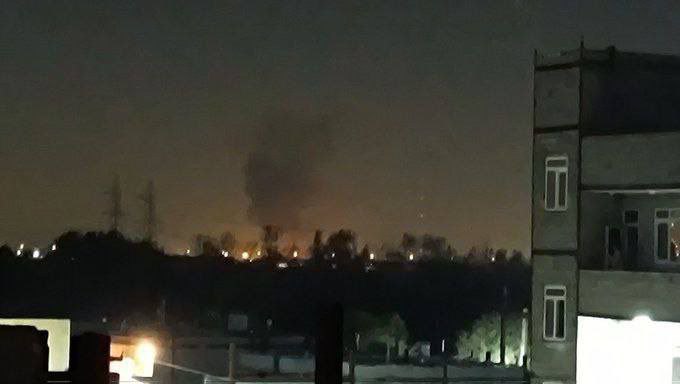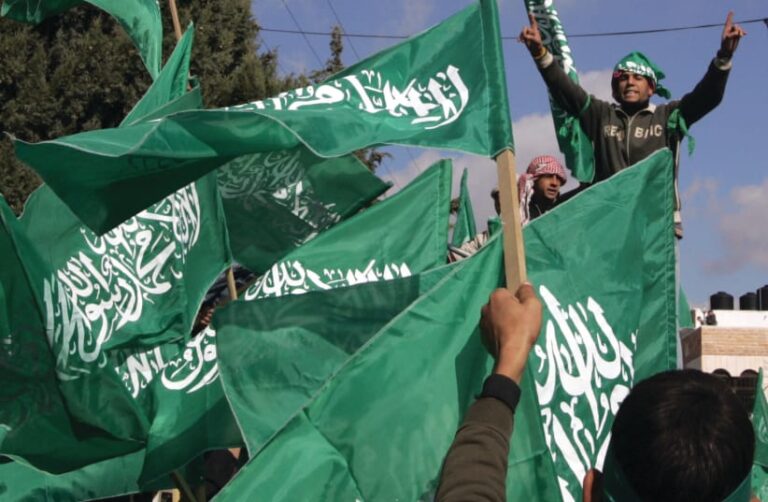
Israel launched its long-awaited retaliatory strike against Iran early Saturday, weeks after the Islamic Republic’s massive ballistic missile barrage on the country, with the military saying the “precise strikes” by the Israeli Air Force targeted strategic military sites — specifically drone and ballistic missile manufacturing and launch sites, as well as air defense batteries.
Reports of explosions near Tehran began to emerge around 2:15 a.m. local time, with the Israel Defence Forces quickly releasing a statement confirming that it was attacking, in response to “months of continuous attacks from the Iranian regime against the State of Israel.”
The strikes were carried out in several waves over the course of several hours, in various areas of Iran, with the Islamic Republic closing its airspace for the duration and seemingly showing little ability to counter the assault. Strikes were reported in the Tehran, Karaj, Isfahan and Shiraz areas.
The first wave of attacks apparently targeted Iran’s air defense capabilities, both to ensure the IDF’s freedom of operations during Saturday’s sorties, and to lay the ground for further strikes, should Iran retaliate. As the campaign was underway, Syrian state media reported that Israel struck several military sites in the south and center of the country, action possibly taken to enable the IAF to operate more freely in Iran.
The next waves hit drone and ballistic missile manufacturing sites — those used in direct Iranian attacks on Israel on April 14 and October 1 — as well as sites used to launch such weapons.
Iran confirmed an Israeli attack had targeted military sites in the capital Tehran and other parts of the country, but said it had caused “limited damage” and that air defense systems had successfully countered much of the attacks — an assertion dismissed in Israel.
The Israeli military said at 6 a.m. that the assault had been completed, with “all goals achieved” and all aircraft returning safely home. It dubbed the campaign “Days of Repentance,” a reference to the recent Yom Kippur holiday. It said dozens of IAF aircraft, including fighter jets, refuelers and spy planes, participated in the “complex” operation some 1,600 kilometers from Israel.
The military said the strikes had given the IAF “wider freedom of aerial action in Iran,” and that it had a broad bank of targets that it could hit in the future if required.


